European rivers fragmented by over one million barriers – and 10% of them are obsolete

It is estimated that there are over one million barriers fragmenting European rivers, of which over 100,000 are obsolete, according to new research. The findings were published by Adaptive Management of Barriers in European Rivers (AMBER), an EU Horizon 2020 project, in their AMBER Barrier Atlas.
The Atlas collates information on 630,000 river barriers across Europe, from large dams to small weirs, fords and culverts, and is based on existing datasets. However, AMBER researchers estimate that at least one third of the continent’s river barriers are unrecorded, which means the real figure could be well over 1 million.
Their estimates are based on project researchers walking 2,700km of rivers and streams in 28 European countries to record the barriers along their courses. This fieldwork also suggests that around 10% – or an estimated 100,000 – of European river barriers are obsolete. In other words, such barriers continue to impede the ecological health and functioning of European rivers, without serving their original purpose.

“Even areas that were considered to be relatively pristine and well connected are in fact impacted by barriers,” says Carlos Garcia de Leaniz, AMBER project coordinator and Professor of Aquatic Biosciences at Swansea University. “For example, in the Balkans, our field validation indicates that 80% of barriers do not appear in current inventories, making the fragmentation of these rivers much worse than people thought.”
The creation of the Barrier Atlas was the first step in the ongoing AMBER project, in response to the inconsistent and incomplete existing datasets on river barriers across Europe. The interactive Atlas allows users to explore, visualise and download data on the different kinds of river barriers across the continent.
The project has defined common standards for individuals and institutions to report river barriers in their own countries. The free Barrier Tracker app is central to the project’s citizen science programme, allowing anyone to quickly document and upload information on river barriers to the AMBER database.

The project’s mapping of European river fragmentation is intended to provide the basis for river managers to plan effective and and efficient restoration schemes. One early project finding is that losses in river connectivity – whether of water flows, sediment, migratory fish movements, or a combination of these – is typically caused by a relatively small percentage of barriers. As a result, it makes sense to focus management efforts on such barriers. AMBER is currently developing a suite of tools to allow river managers to plan their work accordingly.
“Over 60% of EU freshwater systems are in a poor state in part due to habitat fragmentation, says Barbara Belletti who led the development of the AMBER Atlas at Politecnico di Milano with Wouter van de Bund at the Joint Research Centre of the European Commission. “To improve the health of our rivers, we need to reconnect them—our Atlas and tools will support this endeavour.”
+++






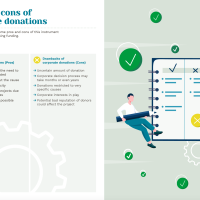

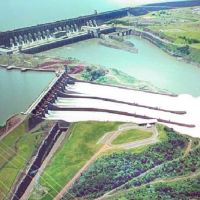

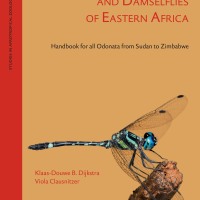
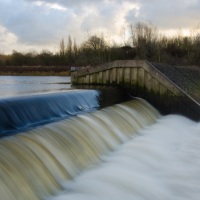


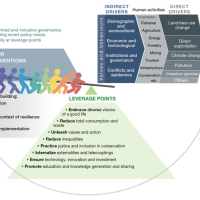
Comments are closed.